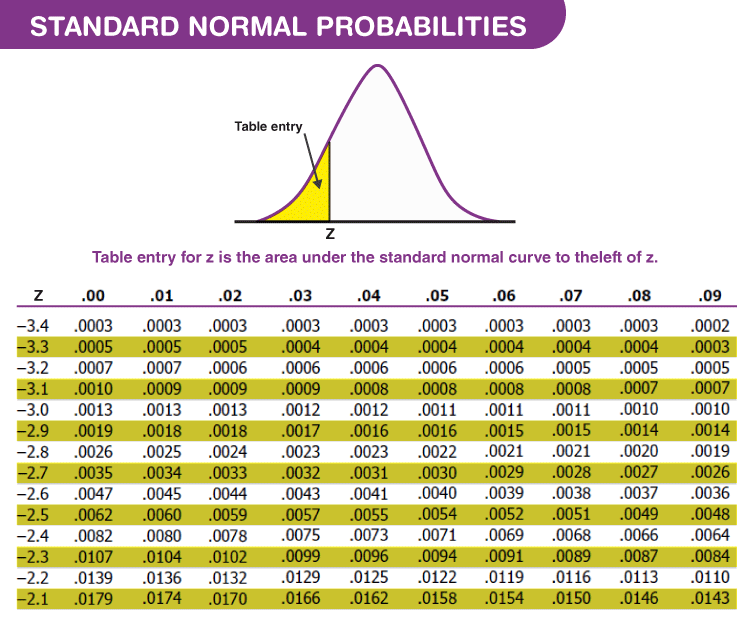
However, a normal distribution can take on any value as its mean and standard deviation. Normal distribution vs the standard normal distributionĪll normal distributions, like the standard normal distribution, are unimodal and symmetrically distributed with a bell-shaped curve. You can calculate the standard normal distribution with our calculator below. Frequently asked questions about the standard normal distribution.Step-by-step example of using the z distribution.Use the standard normal distribution to find probability.Normal distribution vs the standard normal distribution.Standard normal distribution calculator.Depending upon the sample size and the shape of the population distribution, the sampling distribution of means may be very close to a normal distribution even when the population distribution is not normal.īy converting normally distributed values into z-scores, we can ascertain the probabilities of obtaining specific ranges of scores using either a table for the standard normal distribution (i.e., a z-table) or a calculator like the WISE p– z converter.The distribution of z scores is normal if and only if the distribution of the values is normal. Note that converting values, such as sample means, to z scores does NOT change the shape of the distribution.Where m is the population mean, s is the population standard deviation, and N is the sample size. The formula to convert a sample mean, X, to a z-score, is: of 1) is called the standard normal distribution, which represents a distribution of z-scores. Standard Normal Distributions and Z ScoresĪ normal distribution that is standardized (so that it has a mean of 0 and a S.D. This fact, as described in the Central Limit Theorem, is critical for many applications of statistical inference. Although a distribution of scores in a sample of N cases may be quite far from normal, the distribution of means for all possible samples of N cases may be quite close to normal. Important note: Before we use the normal distribution to compute probabilities, we must verify that the distribution of interest is very close to normal.

The normal distribution may characterize either distributions of individual data points in a population of scores or the theoretical distribution of sample statistics such as the mean. The total area under the curve sums to 100%. Tails of a normal distribution are asymptotic, indefinitely decreasing but never touching the x-axis.

Although normal distributions may have different means and standard deviations, all normal distributions are “bell-curve” shaped, symmetrical with the greatest height at the mean. The normal distribution is defined by a mathematical formula.


 0 kommentar(er)
0 kommentar(er)
